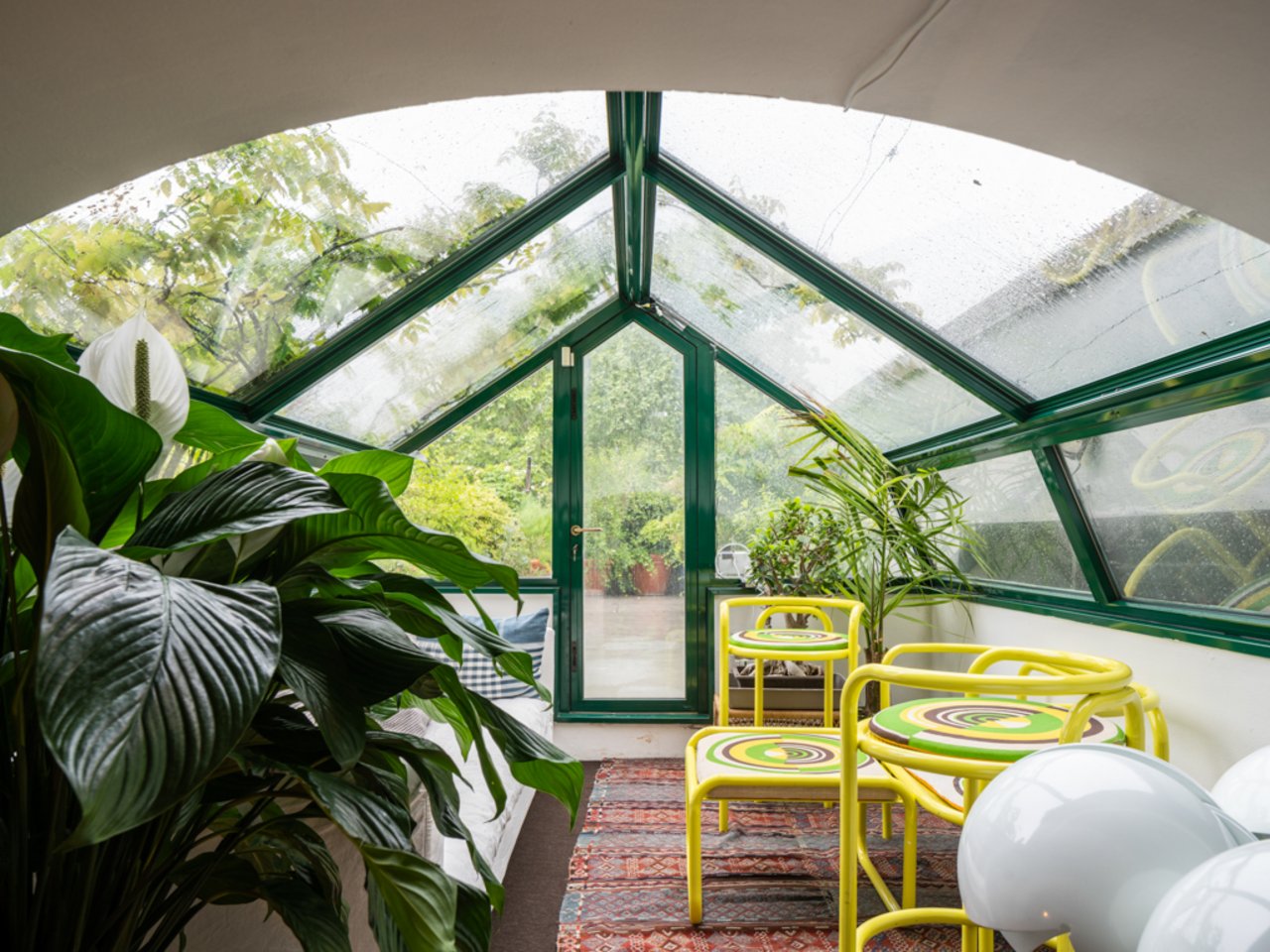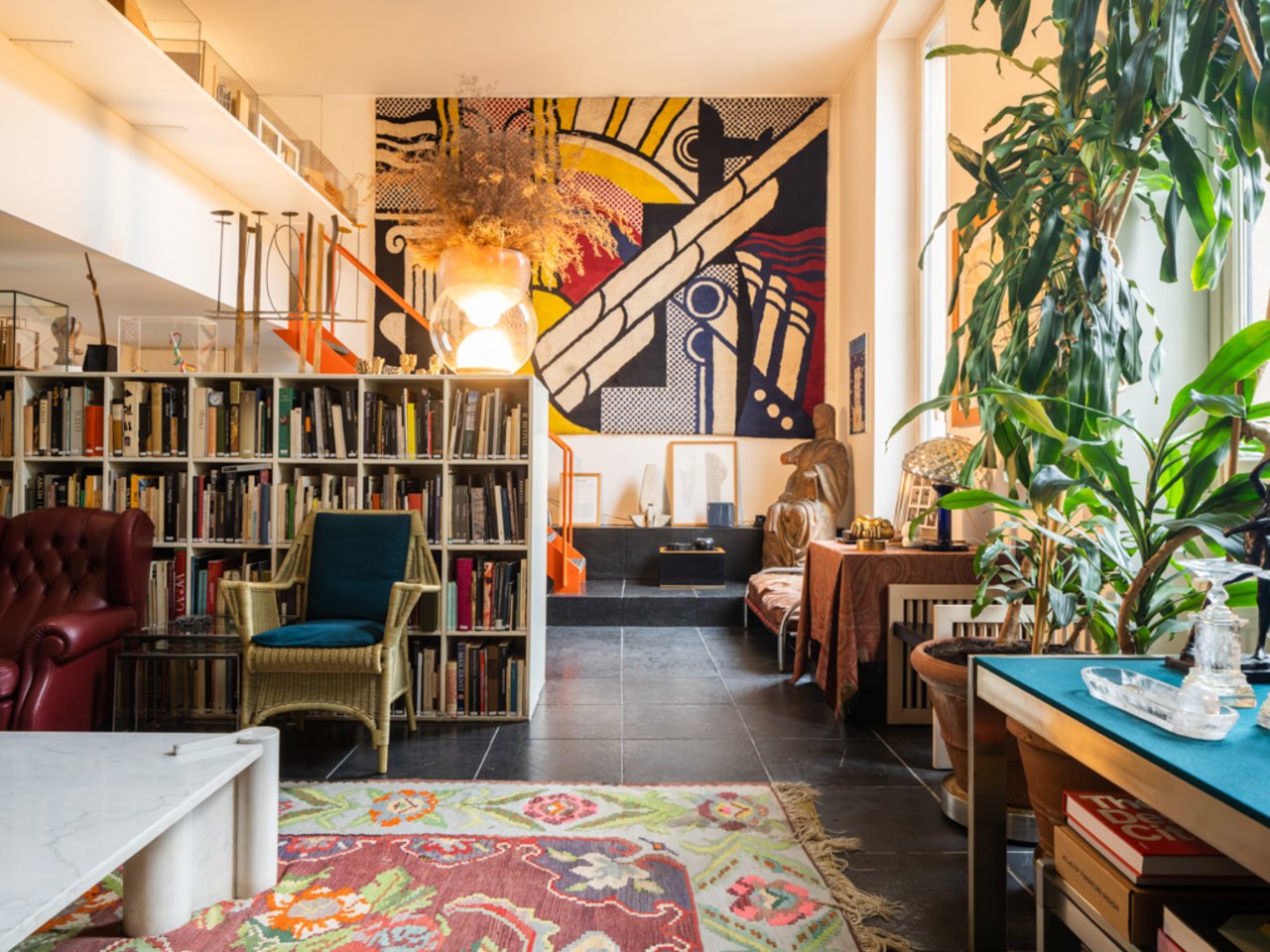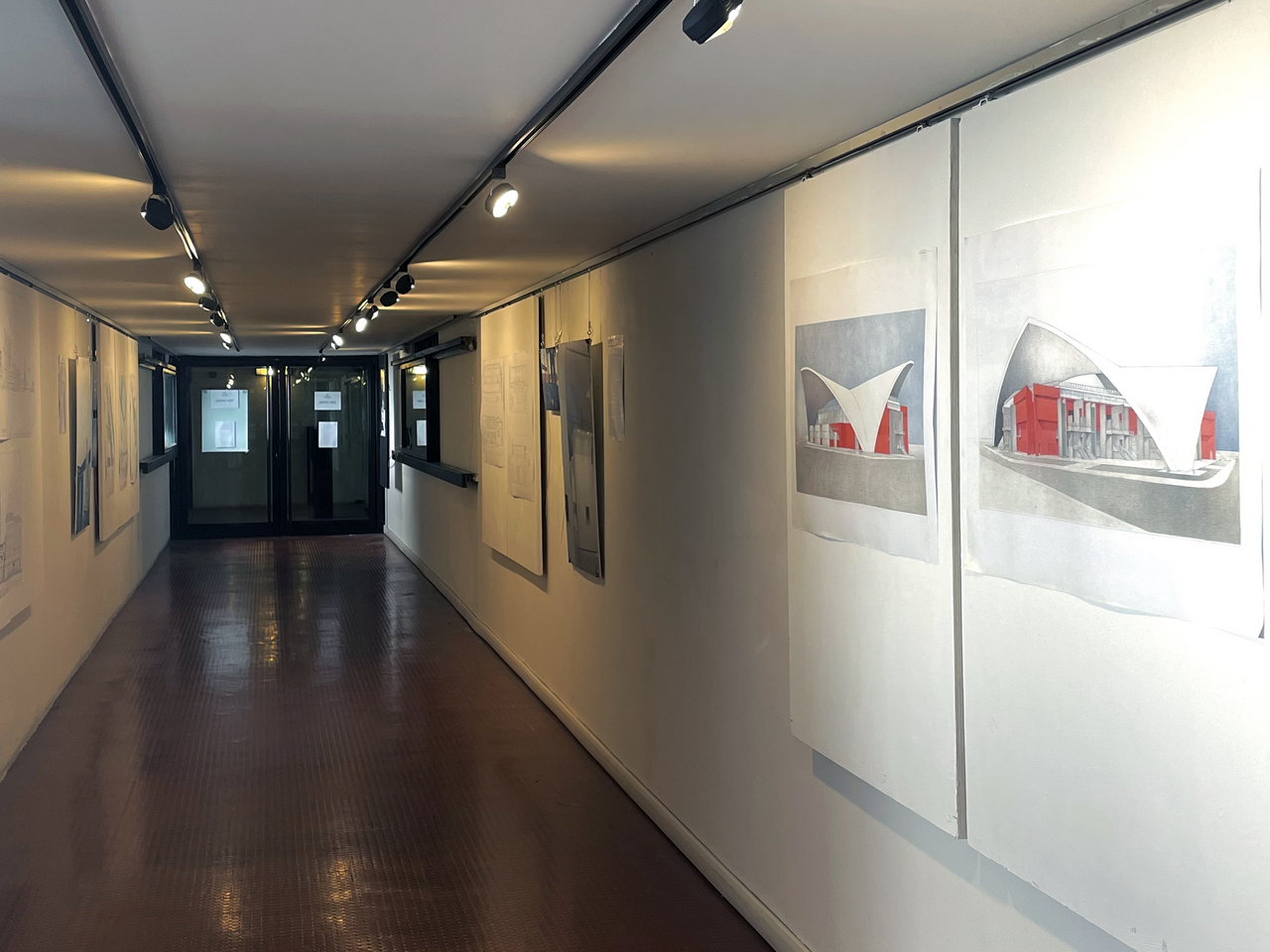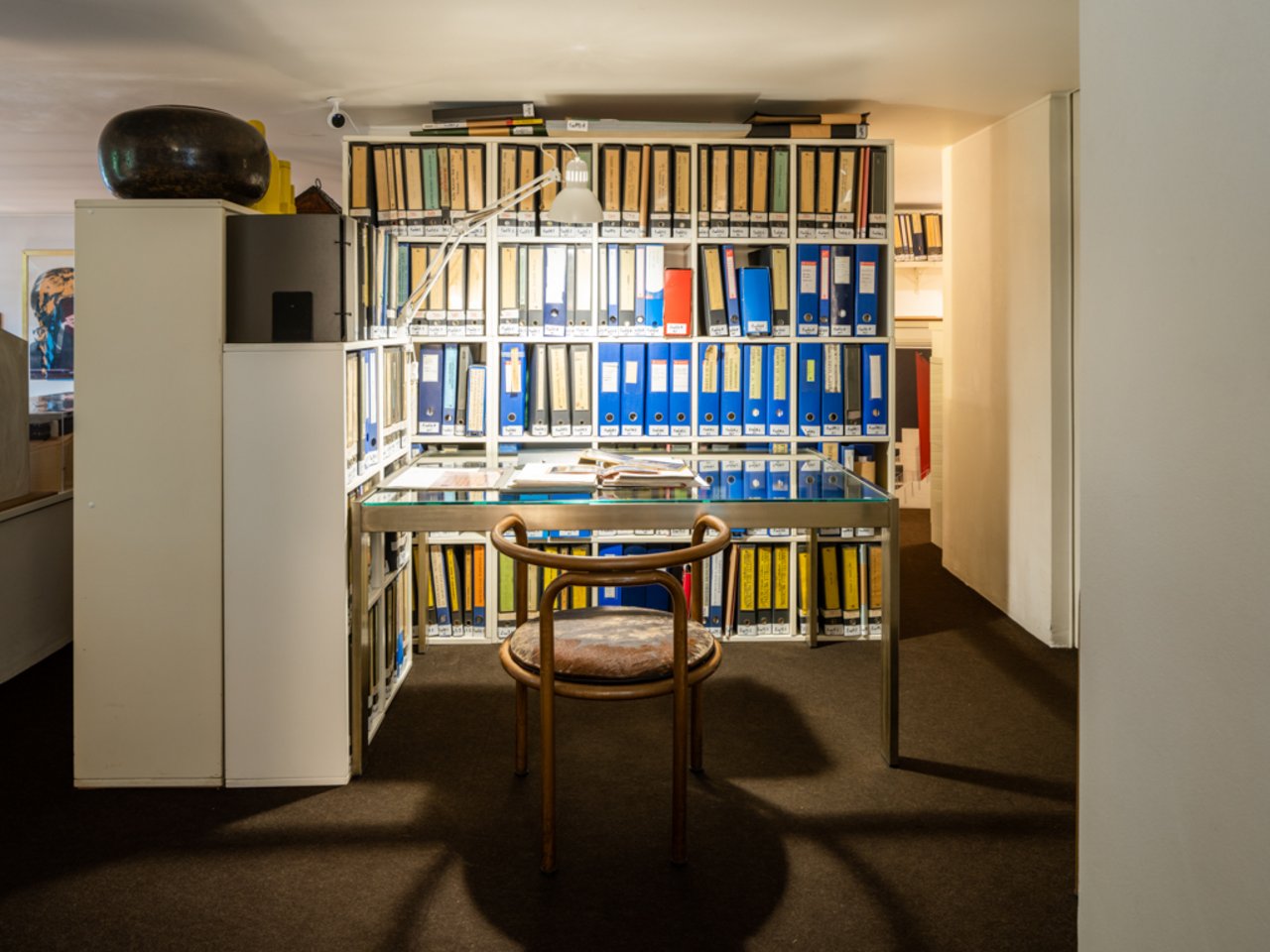The architecture in which I would like to recognize myself derives from three fundamental capacities of an aesthetic and not a moral order. The first is the analytical one, in the sense that we must be able to recognize the continuity of both conceptual and physical urban and geographical traces, as specific essences of architecture. The second is the synthetic one, that is to know how to operate the necessary synthesis in order to render priority and evident the principles of the architecture. The third is the prophetic one, typical of artists, poets and inventors.
Gae Aulenti
Gae Aulenti conceived architecture as an art of the city and the architectural project could not help but be commensurate with it, starting from the constraints imposed by the places in which it intervened.
The exhibition features four major renovation projects designed and built by Gae Aulenti and related to historical places (Scuderie del Quirinale in Rome and the Palavela in Turin), or junctions crucial for the viability of the city (Piazza Cadorna in Milan and Piazza Dante in Naples). Four architectures that tell, the design vision of Gae Aulenti, the restoration of spaces, the dialogue between the pre-existing and the city and the importance of art.
The curatorial choice was to select four projects realized in the four cities of the Open House Italia network, Milan, Rome, Turin and Naples, to trace a common thread of the author in the context of Architetti Senza Tempo and pay homage to the architect Aulenti in the year of the tenth anniversary of her death.
Biography
Gae Aulenti born in 1927 in Palazzolo dello Stella in the province of Udine.
Graduated in 1953 at the Politecnico di Milan since 1956, she has been working in Milan, which includes architectural design, interior and industrial design, theatrical scenography.
From 1955 to 1965 she was in the editorial staff of "Casabella-Continuità" directed by Ernesto Nathan Rogers, a relevant place for the architectural debate of those years, where he will lay the foundations for her professional identity.
Already in her early years her projects express the desire to link together the many aspects of the architectural discipline. Numerous industrial design products were created to complete architectural projects. Among the most famous are the "Pipistrello" and "King Sun" lamps for the Olivetti Showrooms in Paris and Buenos Aires (1966-67) and, with Piero Castiglioni, the "Bugia" lamp for the Musée d'Orsay (Paris, 1986) and the "Cestello" lamp for Palazzo Grassi (Venice, 1986). Her objects, made with companies such as Knoll, Fontana Arte, Kartell and Artemide, are never purely decorative, but are the completion of the architectural space in which they are inserted.
In the eighties she created the Musée d'Orsay (1980-86), transforming the Gare d'Orsay in Paris into one of the most important art museums in the world. This will be followed by the new setting up of the Musée National d'Art Moderne at the Centre Pompidou (1982-85) and the renovation of Palazzo Grassi in Venice (1985-86), for which she curates numerous temporary exhibitions, from "Futurism & Futurism" (1986) to "From Puvis de Chavannes to Matisse and Picasso. Towards Modern Art" (2002).
About her architectural production we also note: Palazzo Italia at EXPO '92 in Seville; the new Gallery for Temporary Exhibitions at the Triennale in Milan (1994); the conversion into a museum of the former Papal stables at the Quirinale in Rome; the redevelopment of Piazzale Cadorna in Milan (2000); the "Museo" and "Dante" metro stations and the redesign of Piazza Cavour and Piazza Dante in Naples (1999-2002). Two important museums complete her production: the new Asian Art Museum in San Francisco, opened to the public in 2003, and the National Museum of Catalan Art in Barcelona, completed in December 2004. In 2012 the inauguration of Perugia Airport, designed for the 150th anniversary of the Unification of Italy and the renovation of Palazzo Branciforte in Palermo, along with the redevelopment project of the Sant'Agostino Complex in Modena.
Among the most important prizes and awards: Chevalier de la Légion d'Honneur (Paris, 1987); Honorary Fellow of the American Institute of Architects (1990); Praemium Imperiale per l'Architettura by The Japan Art Association (Tokyo, 1991); Cavaliere di Gran Croce (Rome, 1995); honorary degree from the Rhode Island School of Design (Providence, USA, 2001); Gold Medal for Lifetime Achievement (Milan, 2012).
-
Flyer
PDF
-
Presentation
PDF




